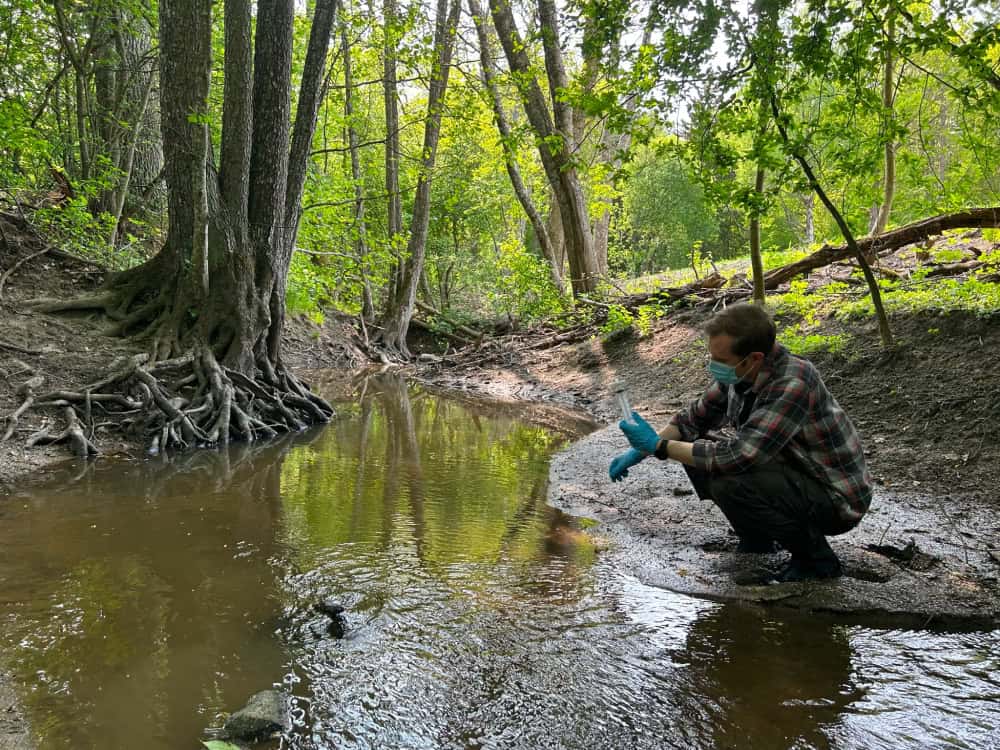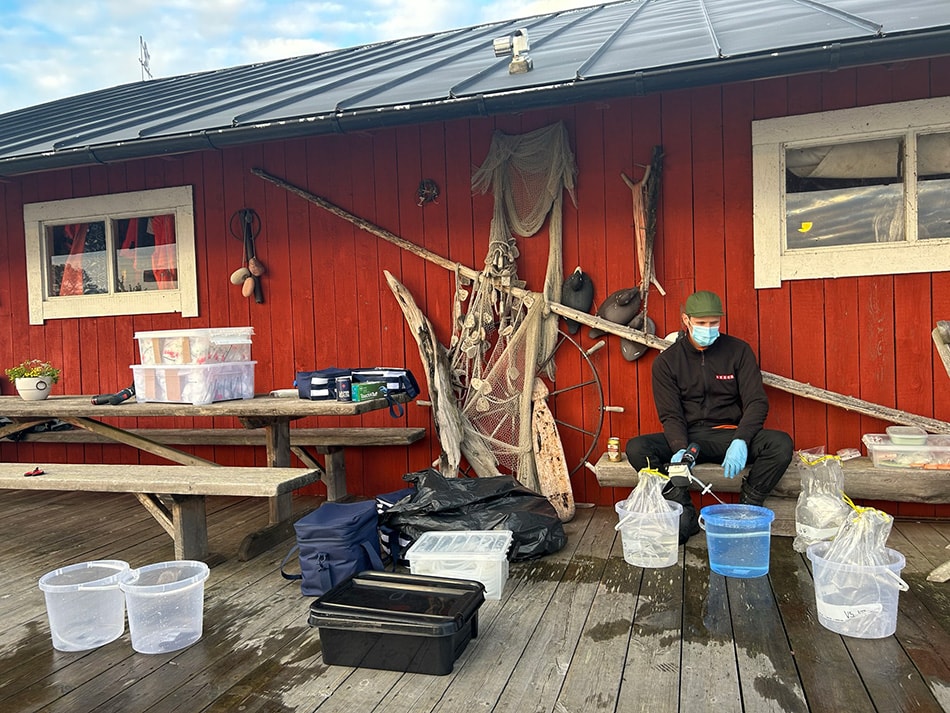In this project, 13 coastal streams in Stockholm County were surveyed using environmental DNA (eDNA) to map fish population composition, identify invasive species, and assess the impact of migration barriers. The study, conducted by MIX Research Sweden on behalf of the County Administrative Board of Stockholm, aims to establish a scientifically based understanding of fish fauna in these waterways and identify the need for restoration measures to ensure free migration routes for fish.
A total of 74 eDNA samples were collected, enabling a detailed analysis of species occurrences and their distribution patterns. The survey revealed that several migration barriers significantly affect migratory fish species, with species such as vimba bream (Vimba vimba), brown trout (Salmo trutta), and river and brook lamprey (Lampetra fluviatilis/planeri) often found only downstream of these obstacles. New findings of invasive species, including the northern snakehead (Channa argus) in the Fitunaån River, highlight the need for continuous monitoring to prevent the spread of non-native species.
The results confirm that eDNA is a powerful and highly sensitive method for identifying and monitoring fish populations in running waters, with a higher detection rate compared to traditional electrofishing. By combining eDNA with conventional survey methods, a more comprehensive picture of ecosystem status can be obtained, which is crucial for long-term environmental monitoring and water management. The study strengthens the decision-making basis for future restoration efforts and conservation initiatives, with the goal of improving biodiversity and the genetic variation of fish populations in the county’s waterways.






